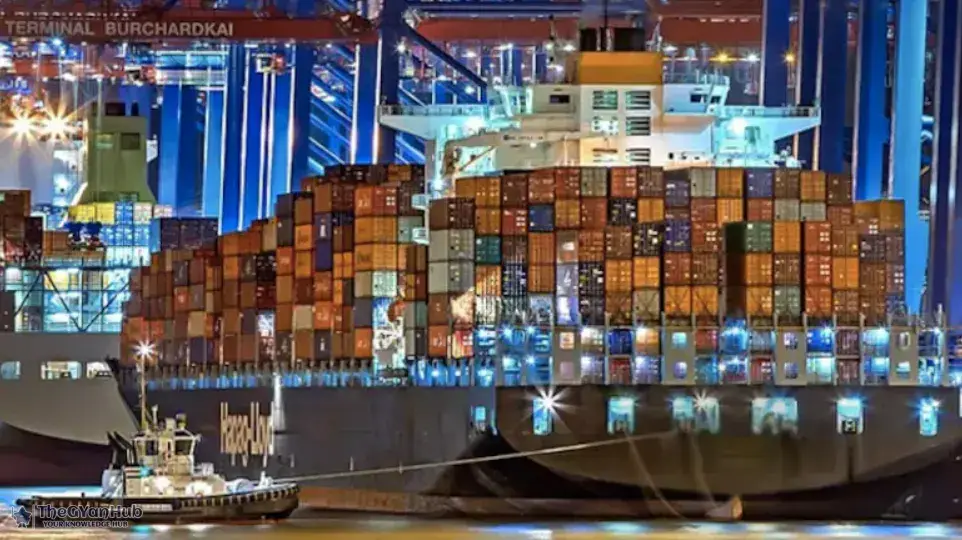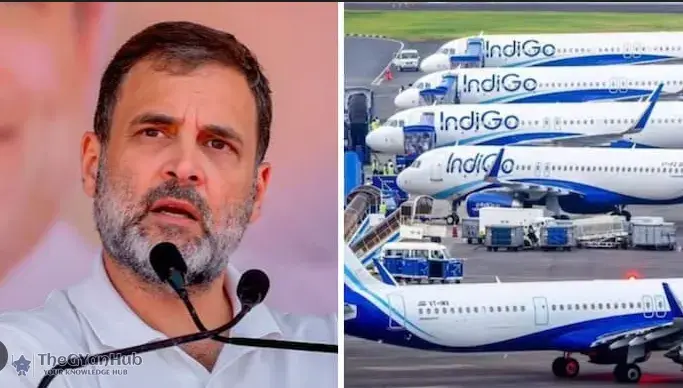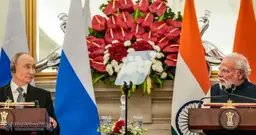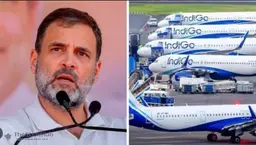I’m a passionate writer who loves exploring ideas, sharing stories, and connecting with readers through meaningful content.I’m dedicated to sharing insights and stories that make readers think, feel, and discover something new.
Overview
In a dramatic change in the nature of trade, India's goods exports to the US fell 11.93% to USD 5.46 billion in September. Washington's high tariffs are the main cause of this decline. At the same time, US imports increased by 11.78% to USD 3.98 billion. The ramifications of these developments and their implications for the future of trade relations between the US and India are examined in detail in this article.
Factors Affecting the Export Decline
The US government's higher tariffs are primarily to blame for the drop in India's exports to the US. Demand has decreased as a result of these tariffs, which have reduced the competitiveness of Indian goods in the US market. The situation has also been made worse by supply chain interruptions and global economic uncertainty, which have affected a number of industries, including electronics, automotive, and textiles.
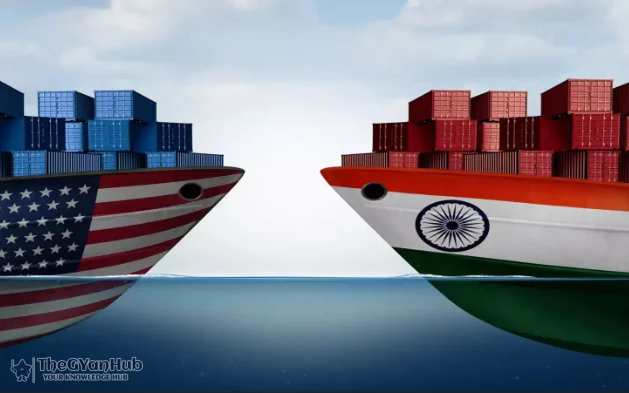
Effects on Important Sectors
The drop in exports has had an impact on a number of important industries. Orders in the textile sector, which plays a big role in India's export economy, have significantly decreased. In a similar vein, the automotive industry, which is largely dependent on exports to the United States, has encountered difficulties as a result of rising costs and diminished competitiveness.
Growing Imports: A Two-Sided Sword
US imports have increased by 11.78% while exports have decreased. The rising demand for American products, especially in the energy and technology sectors, is the main cause of this increase. But there are two sides to this increase in imports for India. On the one hand, it represents the nation's expanding consumer demand and economic activity. However, it also raises questions about the growing trade deficit and how it might affect the Indian economy.
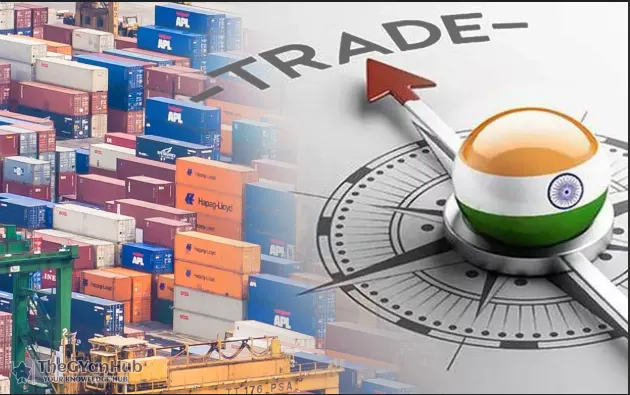
Effects on the Indian Economy
India's trade balance is impacted by the rise in imports and the fall in exports. The value of the Indian rupee and the nation's foreign exchange reserves may be impacted by a growing trade deficit. Promoting export competitiveness and investigating new markets to diversify trade are two ways that policymakers must address these issues.
Prospects and Strategies for the Future
India must take a multifaceted approach to lessen the effects of these trade dynamics. This entails exploring new markets in Asia, Africa, and Europe; investing in technology and innovation to boost competitiveness; and negotiating better trade terms with the US. Enhancing domestic manufacturing capacity can also increase exports and lessen reliance on imports.
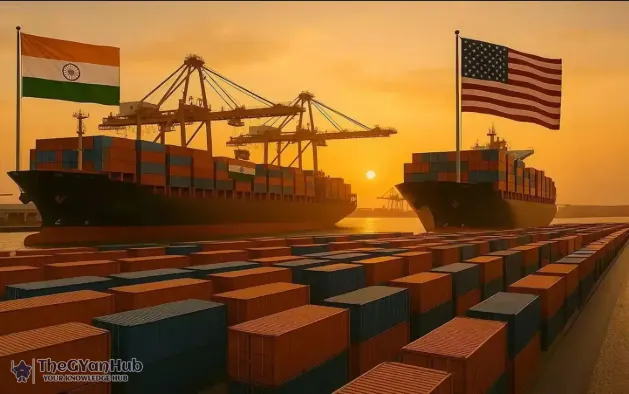
Government and Industry Roles
In order to overcome these obstacles, the Indian government must take the initiative and work with industry participants. The country's export potential can be increased with the support of programs like the "Make in India" campaign and exporter incentives. Additionally, creating a favorable business climate and upgrading infrastructure can draw in foreign capital and improve trade ties.
In conclusion
The necessity for strategic interventions to balance imports and exports is highlighted by the recent shifts in India's trade dynamics with the US. Even though there are still obstacles to overcome, there are chances to improve economic growth and trade relations. India can overcome these obstacles and ensure a more sustainable trading future by emphasizing innovation, competitiveness, and diversification.
Further Reading
Related articles in this category
Exports from Indiaimports from the UStrade imbalancetariffstrade between India and the USeconomic impactinternational tradeexport competitivenessand the Indian economy
